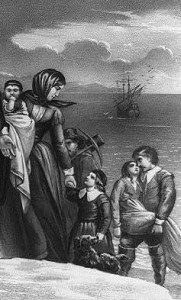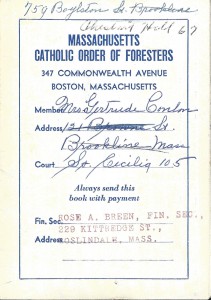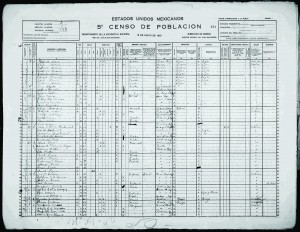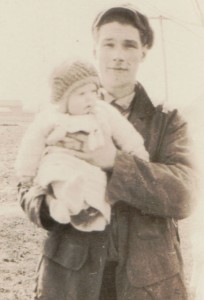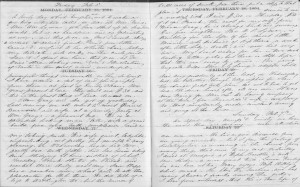
Regina Shober Gray kept a diary for 25 years. Taking a smaller portion of the diary – the period between 1861 and 1870 – and with a focus (for Women’s History Month in March) on some of the women the diarist mentions, I have assembled a few representative entries from those years. (See last week’s post for the 1861–1865 entries.)
Mrs. Gray’s reflections range over marriage for money and position (March 1861), the servant question (June 1862 and October 1867), women in the public sphere (March 1863), her own emotional state (April 1865), a chastening romantic episode (February 1866), the coarsening effects of modern life (February 1868), and a modest attempt to aid poor but proud working women in Boston (January 1870):[1] Continue reading Women in the Gray diary: Part Two


